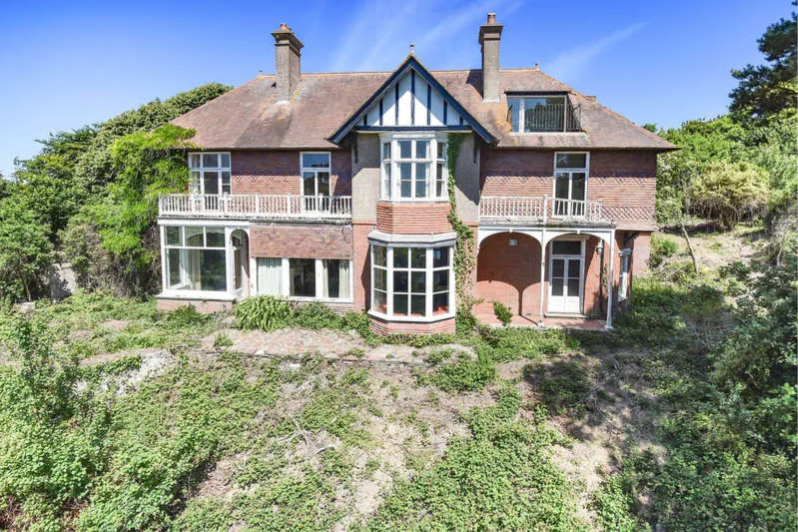Collapit Creek House, West Alvington

Used during WW1 as a convalescent home for recovering solders, Collapit House is listed on the Devon Heritage site, requiring officers to take in to consideration JLP Policy DEV21, which states 'development proposals will need to sustain the local character and distinctiveness of the area by conserving and where appropriate enhancing its historic environment, both designated and non-designated heritage assets and their settings, according to their national and local significance’.
However the applicant hopes to ignore this requirement by making use of permitted development rights, arguing 'the proposed rear extension, roof lights and outbuildings for incidental use can be constructed without planning permission as 'Permitted Development' by virtue of Class A, Class C and Class E, Part1, Schedule 2 of the Town and Country Planning (General Permitted Development) (England) Order 2015 (“the Order”) as amended. See also expanded evidence within supporting Planning Statement.'
But, and as we explain in our objection, we believe the applicant to be incorrect, and consequently the application should be refused.
The case officer disagreed. In the somewhat confusing conclusion his report, he decided:
This lawful development certificate proposal proposes a number of separate buildings each of a relatively large size. The total extent of buildings and their disposition suggests that the application is seeking to provide something unusual and may be providing a fall-back position for some other future development. Their grouping and their position close to such a prominent elevation overlooking the creek raises questions as to the real purpose of the application. No occupier would wish to promote a group of buildings which would have the potential affect the main views from the house. There is therefore a question as to whether the buildings are reasonably required or whether there is another purpose to the application.
However now that the size of the buildings has been reduced in scale from the earlier application, I consider that the proposals are incidental and relate to the reasonable needs of the occupiers of the house.
It is for this reason that a certificate of proposed lawfulness is granted.
